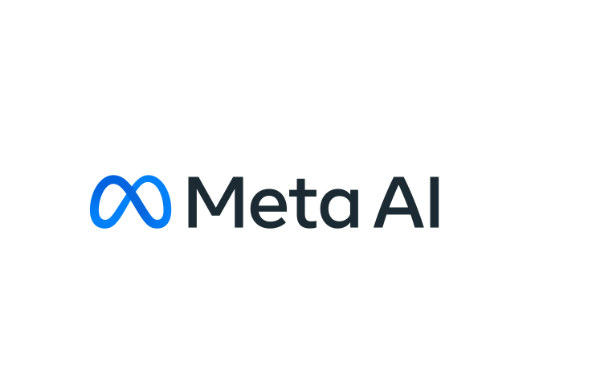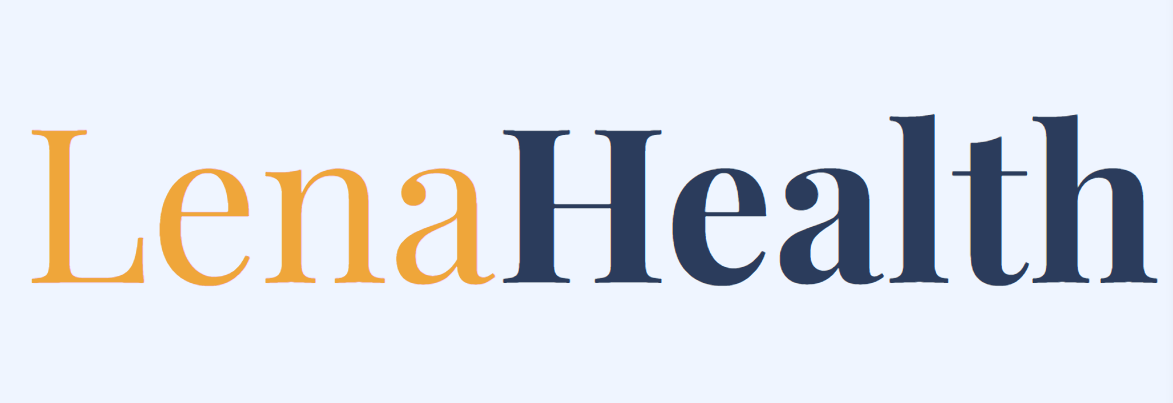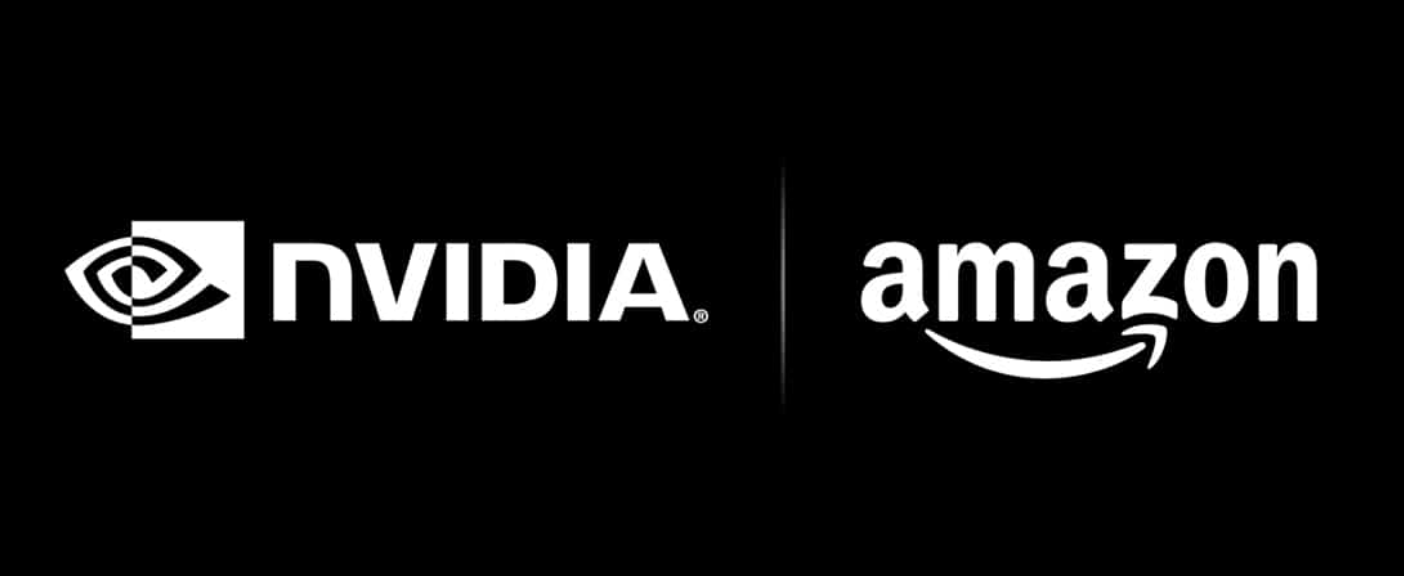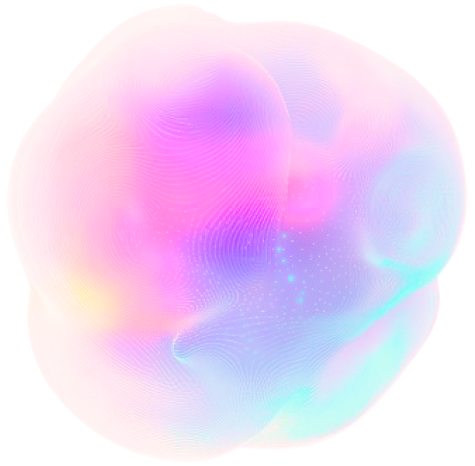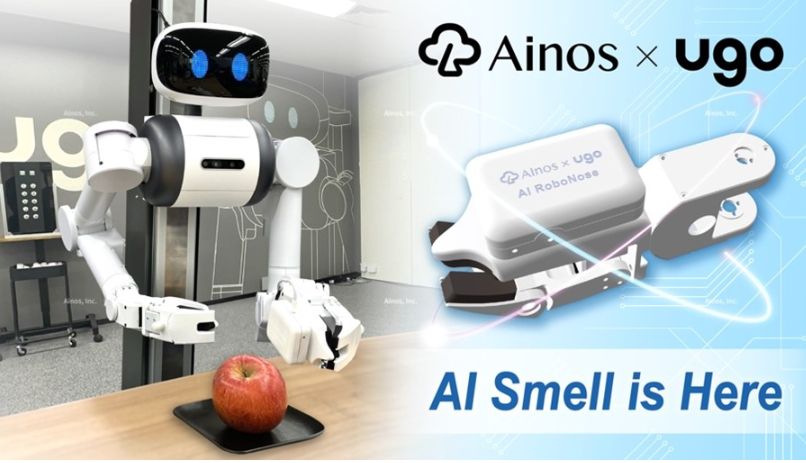Meta is intensifying its efforts to combat misinformation and deepfakes, particularly in the context of upcoming global elections, by enhancing its ability to identify AI-generated images across its platforms, including Facebook, Instagram, and Threads.
This move marks a significant expansion from its previous policy, which only labeled AI-generated images made with Meta’s own tools. Now, Meta plans to label content created by external AI tools from companies like Google, OpenAI, Microsoft, Adobe, Midjourney, and Shutterstock.
Nick Clegg, President of Global Affairs at Meta and previously serving as the Deputy Prime Minister of the United Kingdom from 2010 to 2015, wrote in a blog post Tuesday the importance of transparency and the need for common technical standards to signal AI-created content.
Clegg expressed enthusiasm about the creative potential unlocked by Meta’s generative AI tools, like their AI image generator.
“As the difference between human and synthetic content gets blurred, people want to know where the boundary lies,” he wrote. This underscores Meta’s commitment to transparency, ensuring users understand when they’re viewing AI-generated images. To this end, Meta has been working with industry partners to develop technical standards that help identify AI-generated content, enabling the company to apply “Imagined with AI” labels across its platforms in multiple languages.
The initiative comes in response to the proliferation of misinformation and the misuse of platforms for spreading false information, a challenge that has become increasingly complex with the advent of sophisticated AI technologies. The 2016 US presidential election and the COVID-19 pandemic highlighted the vulnerabilities of social media platforms to misinformation campaigns. By addressing AI-generated content, Meta is taking steps to prevent similar exploitation in future electoral cycles.
Clegg outlined how Meta uses both visible and invisible markers, like IPTC metadata and watermarks, to identify AI-generated images. This approach aligns with the Partnership on AI’s best practices and aims to improve the detection of synthetic content across the internet. However, he acknowledged the limitations of current technology in detecting AI-generated audio and video content, indicating an area for further development.
Furthermore, Clegg discussed the potential of AI in enhancing Meta’s content moderation efforts. AI technologies have already contributed to reducing the prevalence of hate speech on Facebook and could play a crucial role in taking down harmful content more efficiently. He highlighted ongoing tests with Large Language Models (LLMs) trained on Meta’s Community Standards, which have shown promise in identifying policy violations.
Meta’s approach to AI-generated content is both proactive and adaptive, recognizing the dynamic nature of AI development and the evolving challenges in content moderation. Clegg emphasized the company’s commitment to learning and adapting its strategies based on user feedback and technological advancements. He concluded by reinforcing Meta’s dedication to collaborating with industry peers and regulatory bodies to develop effective standards and guardrails for AI technologies.
This broadened effort to label AI-generated content reflects Meta’s recognition of the dual role AI plays as both a challenge and an opportunity in the fight against misinformation. By enhancing transparency and developing sophisticated detection tools, Meta aims to safeguard its platforms against misuse while fostering an informed and engaged online community.
